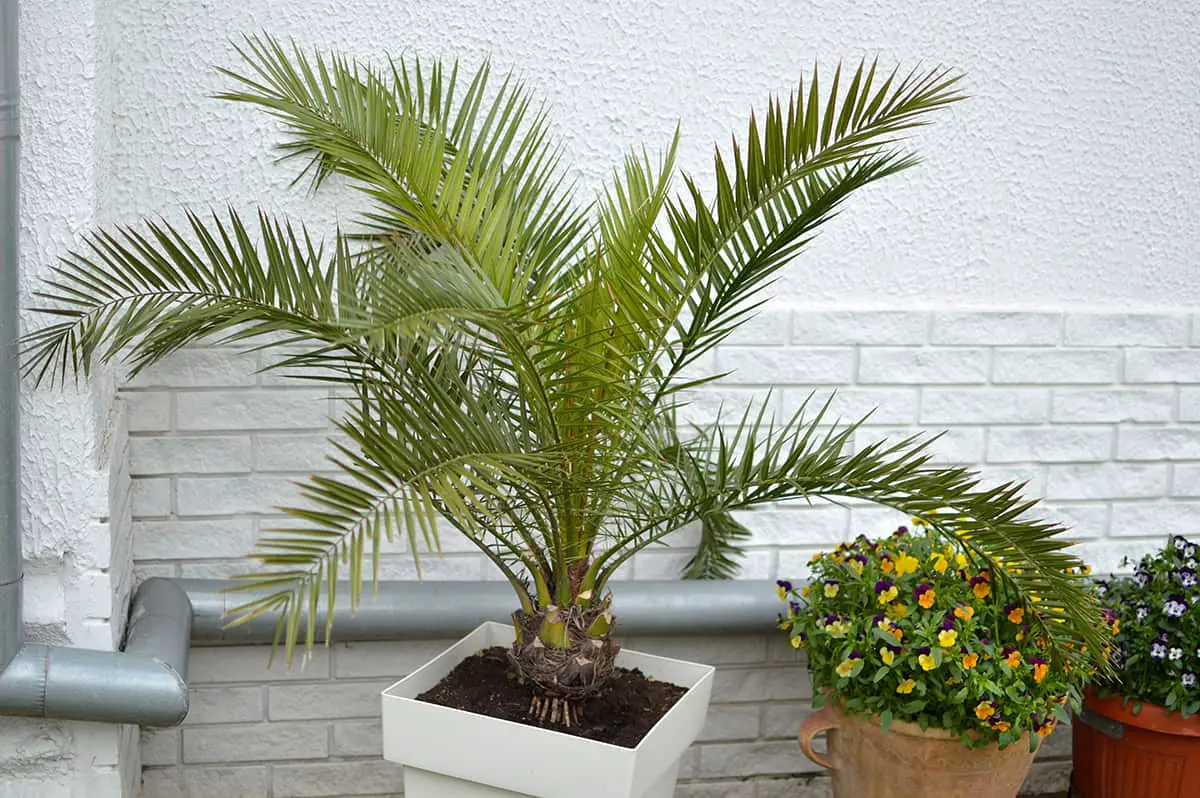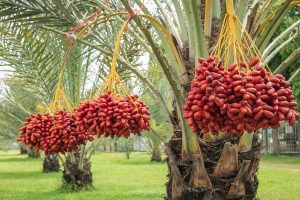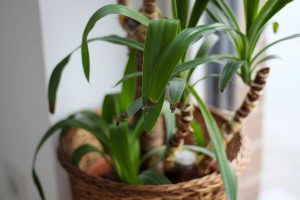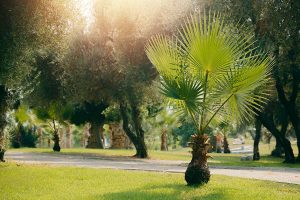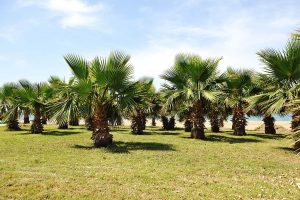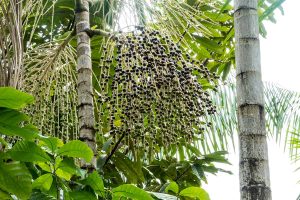The Majesty Palm is native to Madagascar, where it typically grows to between 80 and 100 feet in height. Outside of Africa, this plant is most commonly cultivated as a houseplant, where it will generally not exceed 10 feet tall. When young, it takes on the look of a Kentia Palm, but as it ages, it most closely resembles the Royal Palm.
The Majesty Palm is known to be a difficult plant to grow because it requires a particular balance of care requirements to be met. It is not an ideal choice for beginner gardeners, but it can present a rewarding challenge to more experienced growers.
Here we look at exactly the type of care a Majesty Palm needs to thrive.
- Botanical name: Ravenea rivularis
- Common names: Majesty Palm, Majestic Palm,
- Plant family: Arecaceae
- USDA hardiness zone: 10- 11
- Mature height: Up to 100 feet
- Mature spread: Up to 20 feet
Varieties of Majesty Palm
There are no cultivars of the Majesty Palm, and other species from the Ravenea henus are all regarded as endangered. If you want a palm that is similar to the Majesty Palm but is easier to care for, consider these varieties:
Kentia Palm (Howea forsteriana)
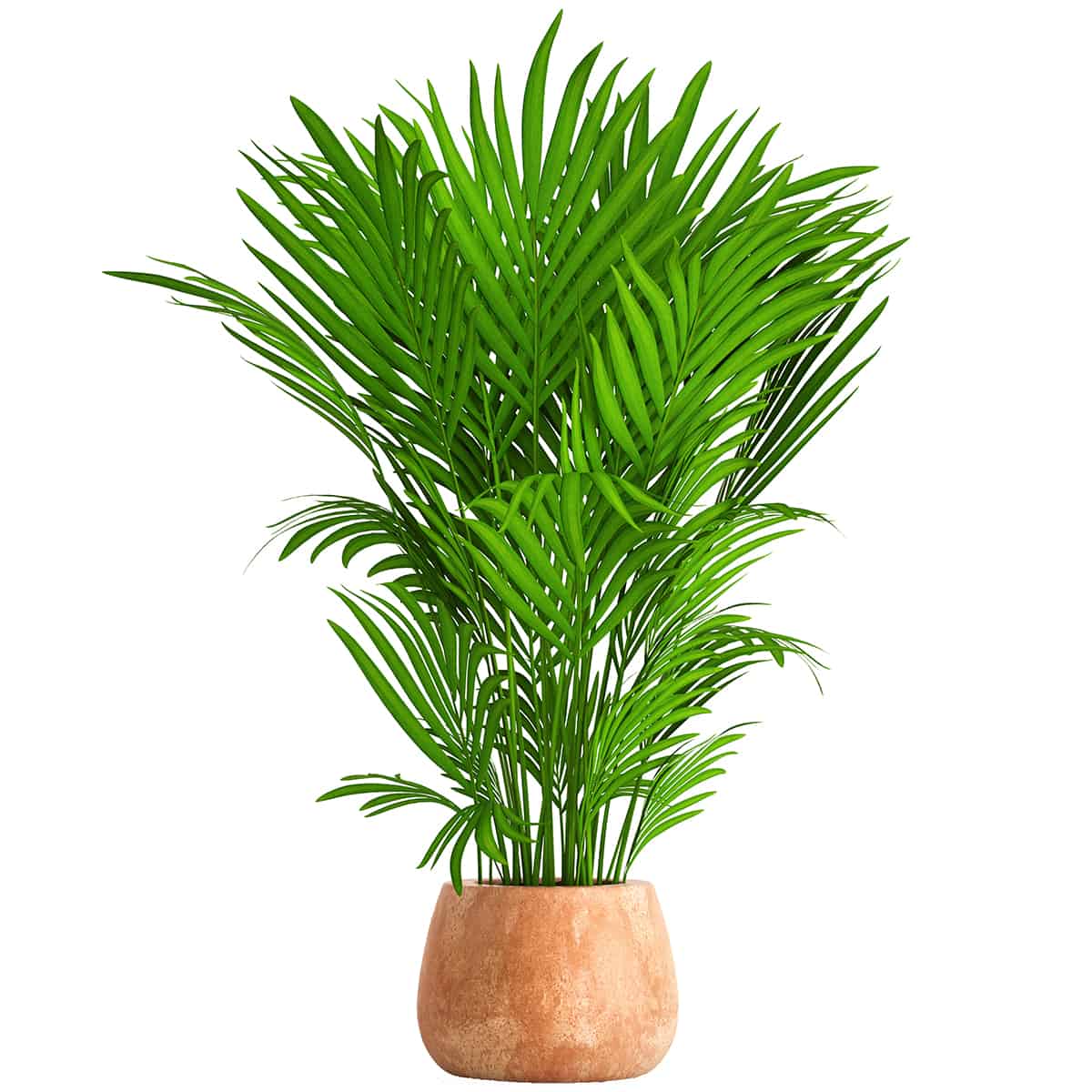
The Kentia Palm is popularly grown as a houseplant because it is low maintenance and will tolerate a range of conditions that other palms will not. This means that you benefit from a tropical-looking house plant without any of the tropical care requirements. The Kentia Palm can tolerate shade, and it is also able to sustain short periods of drought.
It has dark green pinnate fronds, which have a gently arching shape. The main drawback of the Kentia Palm is that it grows incredibly slowly, putting out just one new frond each year. By contrast, the Majesty Palm grows quite quickly, even when kept indoors and can gain 1 foot in height each year.
Areca Palm (Dypsis lutescens)
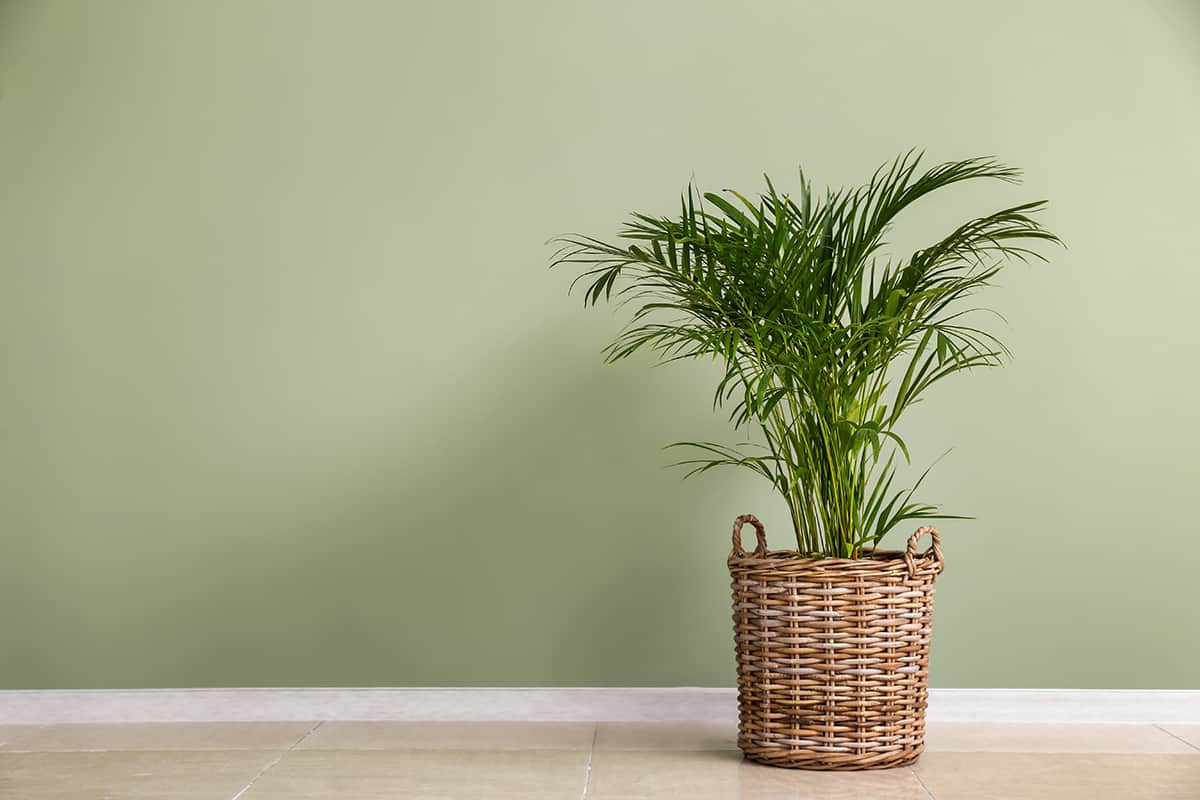
The Areca Palm is one of the most common types of palms grown as a houseplant. Like the Majesty Palm, it is also native to Madagascar and requires a similar level of care, though it is slightly more forgiving.
It produces feathery sprays of green fronds with slender leaflets that gently arch over. The plant thrives in bright indirect light or partial shade, in moist well-draining soil, and in average to high humidity.
Parlor Palm (Chamaedorea elegans)
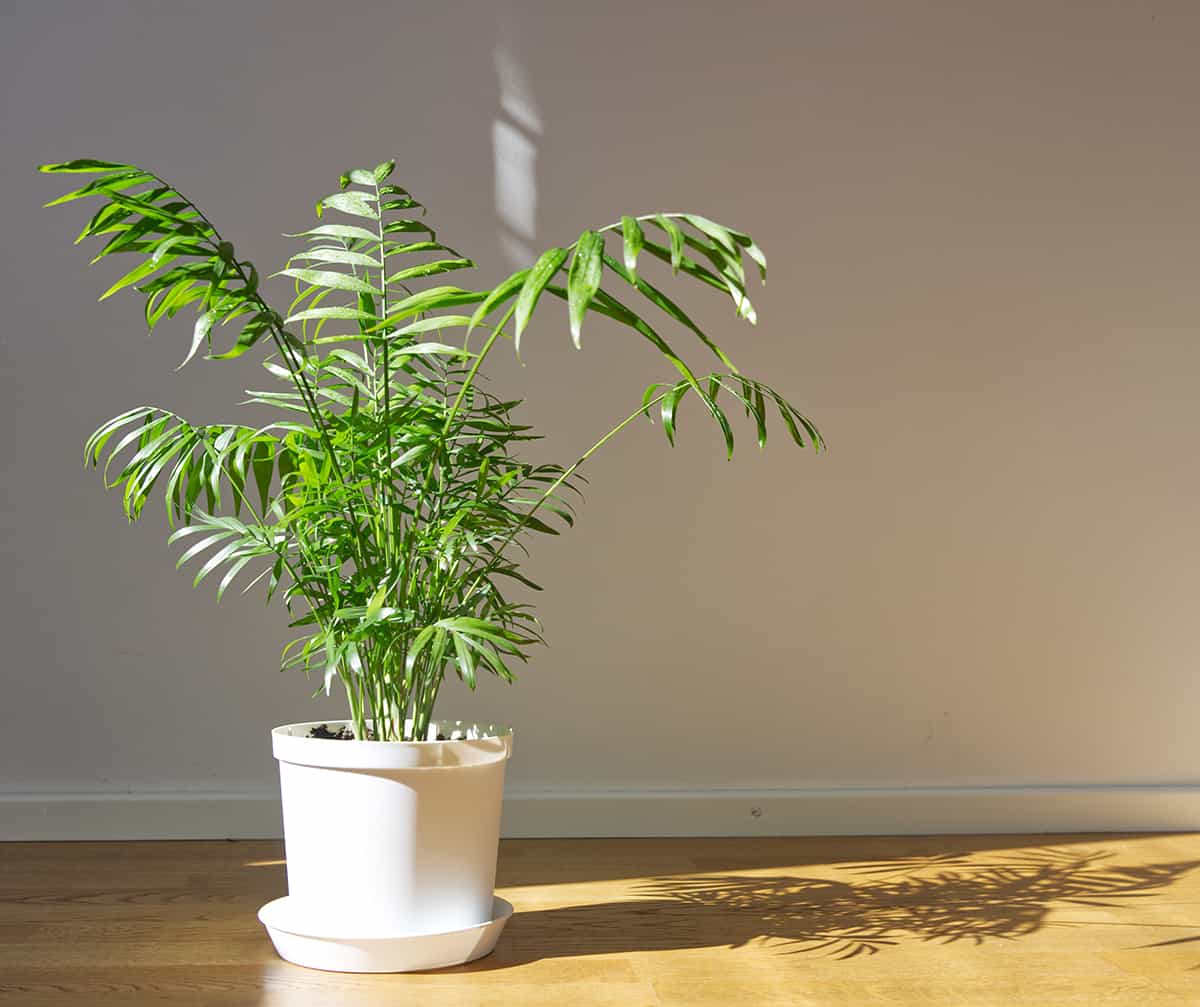
The Parlor Palm has long been regarded as a low-maintenance palm because it does not need high lighting levels to thrive. In fact, this plant can actually suffer from too much light, so it is best to keep it away from a window. Grow it in moist, well-draining soil with average to high humidity.
How to Care for your Majesty Palm
Light
In its natural environment, the Majesty Palm grows beneath the canopy of taller trees and is therefore considered to be an understorey plant. This means that it might spend much of its time in dappled shade or even in full shade. If you are growing the Majesty Palm outside, then partial shade is recommended.
Ideally, it will be in sunlight during the morning and in the late afternoon but be protected from the sun during the hottest portion of the day in the early to mid-afternoon. When the Majesty Palm is kept as a houseplant, it will need a higher level of light. Set the palm in a position of bright indirect light, but avoid the full sun because this can cause the frond to burn.
If your Majesty Palm is getting leggy, this can be because it is seeking out a light source. In this case, try to increase the hours of light it receives without moving it into direct light.
Soil
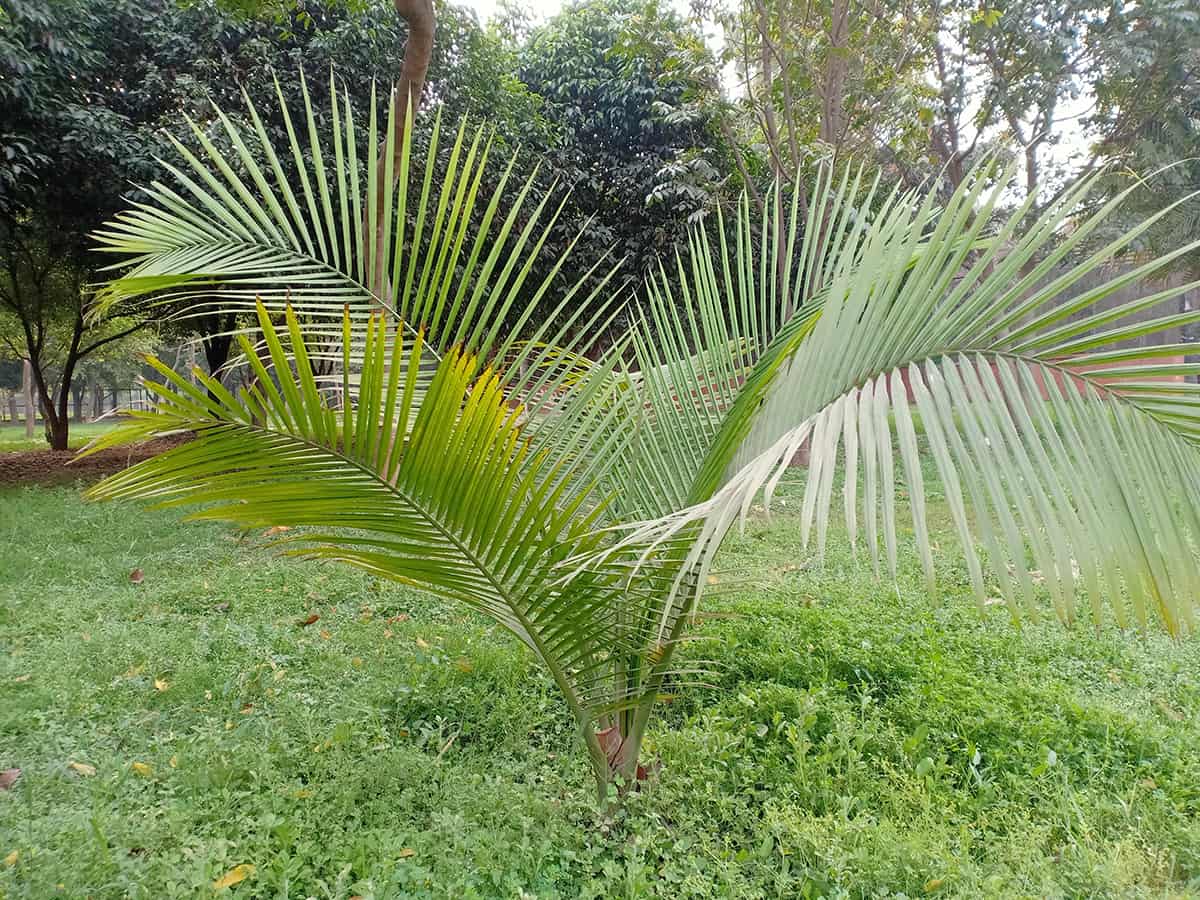
The Majesty Palm needs to be kept in soil that is consistently moist but not wet. It is a thirsty plant, yet it can also succumb to root rot, so it’s important to ensure a good balance of moisture in the soil. Aside from a good watering technique, the right soil consistency is essential for achieving this.
You will need soil that is able to drain relatively well, avoiding the problem of waterlogged soil, but it should also be quite porous and able to hold moisture against the roots of the palm, allowing it to get the water and nutrients it needs. Soils which have been created specifically for palms are not widely available, but they are a good choice if you can find them. Alternatively, use regular potting soil and add sand, perlite, and hummus soil to create your own palm soil mix.
Water
Perfecting the watering schedule for your Majesty Palm is probably going to be the hardest part of learning how to care for this plant for most people, especially if you haven’t grown palms before. The soil of the plant needs to be kept moist but not wet, which will require some careful watering.
During the summer months, you can expect to water a potted Majesty Palm 2 or 3 times a week, but this will alter depending on the other growing conditions. A palm that is getting a lot of sun or is in a warmer climate will require more water than a palm that is in a more shaded or drier climate.
Throughout the autumn and winter, the frequency of watering the Majesty Palm should be less, but you should still aim to keep the soil moist. During this period, a watering schedule of once a week is more likely. The best way to water this plant is to always test the condition of the soil before you add water because this will mean you never add water unnecessarily and create the kind of environment where root rot could set in. Check the soil every few days by dipping a finger a few inches deep.
If the top inch has dried out, then you can add more water, but if the top inch of the soil is still moist, then hold off for another day or two before checking again. Avoid letting the soil dry out because Majesty Palm plants are not at all tolerant of drought. Signs that your palm is not getting enough moisture include brown tips on the leaflets and slow growth.
Temperature
In order for a Majesty Palm to thrive, it should be grown in temperatures which range from 65 to 85ºF. These plants can survive short spells in temperatures as low as 40ºF, but this is not recommended because it can cause damage to the fronds. If temperatures dip below this, the palm is very likely to dry out and die.
Humidity
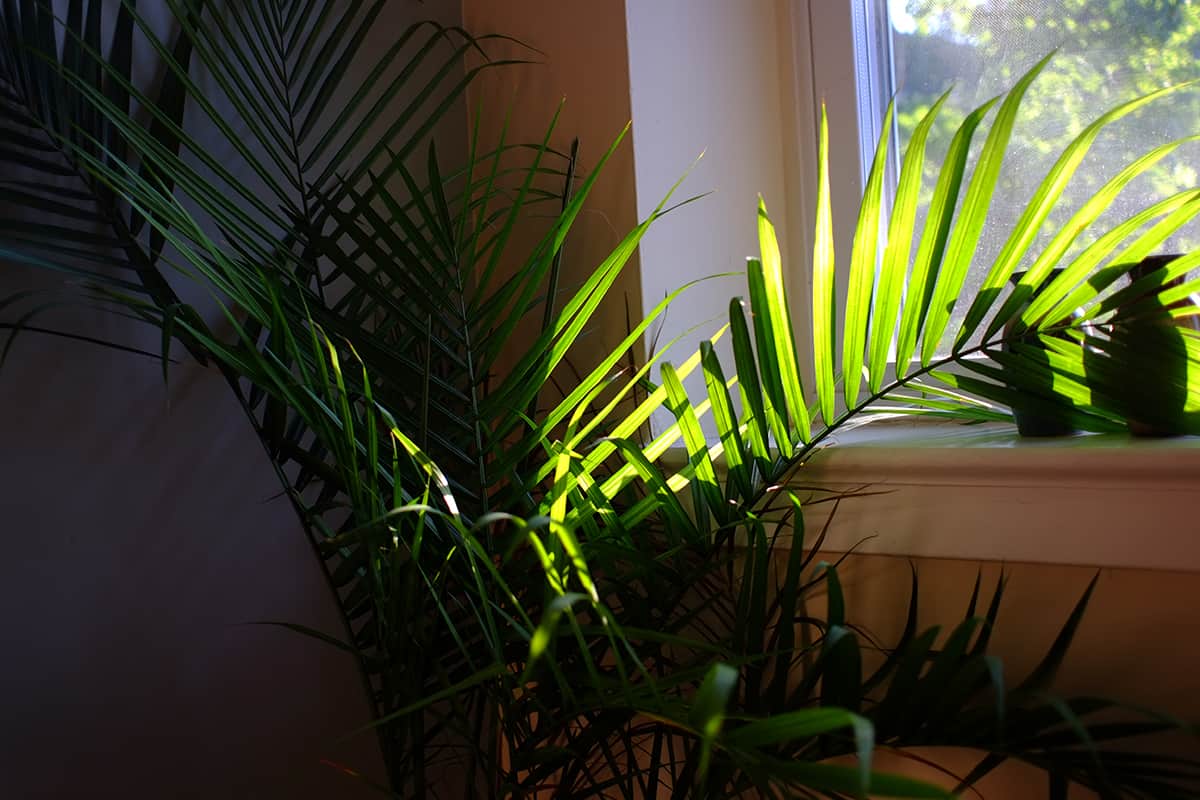
The Majesty Palm prefers high levels of humidity, but it can also tolerate regular humidity. You can mist the fronds of the palm with a water spray to help increase humidity levels or grow it in a bathroom or kitchen. It will survive in average household humidity, but if the air gets particularly dry, then the leaves of the palm may begin to turn brown and dry out. This can be a problem in arid climates in the winter, so take steps to increase humidity to keep the palm growing well.
Fertilizer
The Majesty Palm should be given weak doses of fertilizer throughout the growing season and none at all during the dormant season. A fertilizer formulated for palms will be best, but otherwise, a succulent or cacti fertilizer can be a good option. Avoid using fertilizer more than the instructions advise because this can cause fertilizer burn. If your palm isn’t getting enough water or light to balance out the high level of nutrients, then the palm can also become leggy or look like it has been stretched.
Majesty Palm FAQs
Can Majesty Palms live outside?
Majesty Palms can live outside in USDA hardiness zones 10 and 11. Outside of these warm climates, a Majesty Palm should be kept as a houseplant because it cannot tolerate low temperatures. When kept as a houseplant, you can move it outside during the summer and then return it indoors before the first frost.
Are Majesty Palms easy to grow?
Majesty Palms are easy to grow as long as you are able to meet all of their needs. They will thrive easily in climates such as those found in Florida, where the conditions closely replicate those of the palm’s native habitat. As a houseplant, they require a lot of attention, which can make them troublesome.
If you can meet their requirements, they are a very rewarding plant because they are capable of growing quickly and producing attractive tropical foliage.
Are Majesty Palms resistant to pests?
No, Majesty Palms are not resistant to pests. They can suffer from aphids and scales but are known to be particularly susceptible to spider mites when grown as houseplants. The fact that these plants require constantly moist soil can also make them a target for fungus gnats, which are attracted to moist conditions to breed.
When Should You Trim a Majesty Palm?
The best time to trim a Majesty Palm is during the spring or autumn due to the ideal weather conditions with fewer chances of drought stress. Most of the time, Majesty Palm trees need pruning only when the fronds begin to yellow, maintaining the plant’s aesthetics and promoting healthy growth.
To trim a palm tree, remove only dead or diseased fronds with clean, sharp shears. Over-pruning can weaken the tree’s structure and reduce its ability to produce new fronds. You should be mindful of how much you prune to maintain the tree’s health and appearance.
